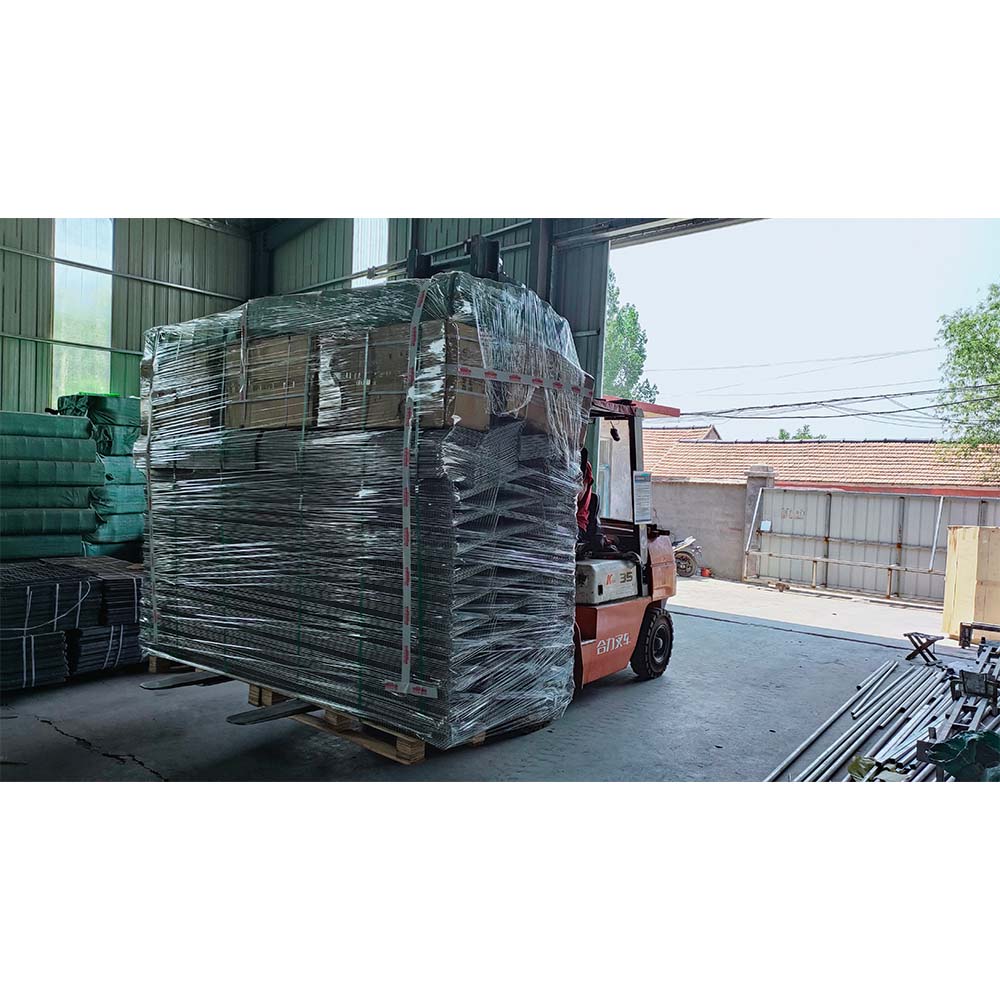High-Efficiency Feed Pellet Mill Equipment for Sustainable Animal Nutrition Production
Aug . 15, 2024 07:33 Back to list
High-Efficiency Feed Pellet Mill Equipment for Sustainable Animal Nutrition Production
Understanding Feed Pellet Mill Machines A Key to Efficient Livestock Farming
In the realm of modern agriculture, the demand for high-quality animal feed has surged, driven by the need for sustainable livestock production. At the heart of this transformation lies the feed pellet mill machine, an essential tool for farmers and feed manufacturers seeking to create efficient and nutritious feed for animals. This article delves into the working principles, benefits, and advancements associated with feed pellet mill machines.
What is a Feed Pellet Mill Machine?
A feed pellet mill machine is a piece of equipment designed to compress powdered feed ingredients into small, firm pellets. These pellets provide a balanced diet for livestock, making it easier for animals to digest essential nutrients. The process involves grinding raw materials—such as grains, legumes, and by-products—into a fine powder, which is then mixed with additives like vitamins and minerals. The mixture is then subjected to heat and pressure within the pellet mill, forming pelletized feed.
How Does It Work?
The operation of a feed pellet mill generally involves several stages
1. Raw Material Preparation Ingredients are first sorted and ground to achieve the desired consistency. The particle size greatly impacts the pellet formation and the digestibility of the feed.
2. Mixing The ground materials are mixed thoroughly, ensuring that each pellet contains a uniform distribution of nutrients. This stage often incorporates specialized supplements to enhance the nutritional profile of the feed.
3. Pelletizing The mixture is fed into the pellet mill’s conditioner, where steam and moisture help soften the components. The softened mixture is then forced through a die, shaping it into pellets. The size of the die holes determines the diameter of the pellets, which can vary based on the target animal species.
4. Cooling and Drying After pelletizing, the hot pellets are cooled to reduce moisture content and prevent spoilage. This process also hardens the pellets, improving their durability for storage and transportation.
5. Packaging Once cooled, the pellets are packaged for distribution. Effective packaging is crucial to prevent moisture absorption and maintain feed quality.
feed pellet mill machine

Benefits of Using Feed Pellet Mill Machines
1. Nutritional Efficiency Pellets ensure that livestock receive the correct balance of nutrients, promoting better growth rates and overall health.
2. Reduced Waste Pelleting reduces feed waste as animals tend to consume pellets more efficiently than loose feed, leading to lower feeding costs.
3. Enhanced Palatability The conditioning process can enhance the flavor and aroma of the feed, making it more appealing to animals and encouraging higher feed intake.
4. Improved Storage and Handling Pelleted feed is easier to store and transport compared to bulk feed, which can be susceptible to spoilage and contamination.
5. Economical Although the initial investment for a feed pellet mill machine may be significant, the long-term savings due to improved feed conversion ratios and reduced waste make it an economically sound choice for farmers.
Advances in Feed Pellet Technology
Recent advancements in feed pellet mill technology have led to more energy-efficient machines that produce higher-quality pellets. Innovations such as variable speed drives, improved conditioning systems, and more durable die materials have increased the overall efficiency and lifespan of these machines. Additionally, manufacturers are exploring automation and remote monitoring technologies, which allow farmers to oversee the pellet production process more effectively.
Conclusion
The feed pellet mill machine stands as a cornerstone of modern livestock farming, offering an effective solution for producing high-quality animal feed. As the agriculture sector continues to evolve, embracing these machines and the advancements they bring can significantly enhance productivity, sustainability, and animal health in the ever-growing quest for global food security.
-
Automatic Feeding Line System-Pan Feeder Nipple Drinker|Anping County Yize Metal Products Co., Ltd.
NewsJul.29,2025
-
Hot Sale 24 & 18 Door Rabbit Cages - Premium Breeding Solutions
NewsJul.25,2025
-
Automatic Feeding Line System Pan Feeder Nipple Drinker - Anping County Yize Metal Products Co., Ltd.
NewsJul.21,2025
-
Automatic Feeding Line System Pan Feeder Nipple Drinker - Anping County Yize Metal Products Co., Ltd.
NewsJul.21,2025
-
Automatic Feeding Line System - Anping Yize | Precision & Nipple
NewsJul.21,2025
-
Automatic Feeding Line System - Anping Yize | Precision & Nipple
NewsJul.21,2025






